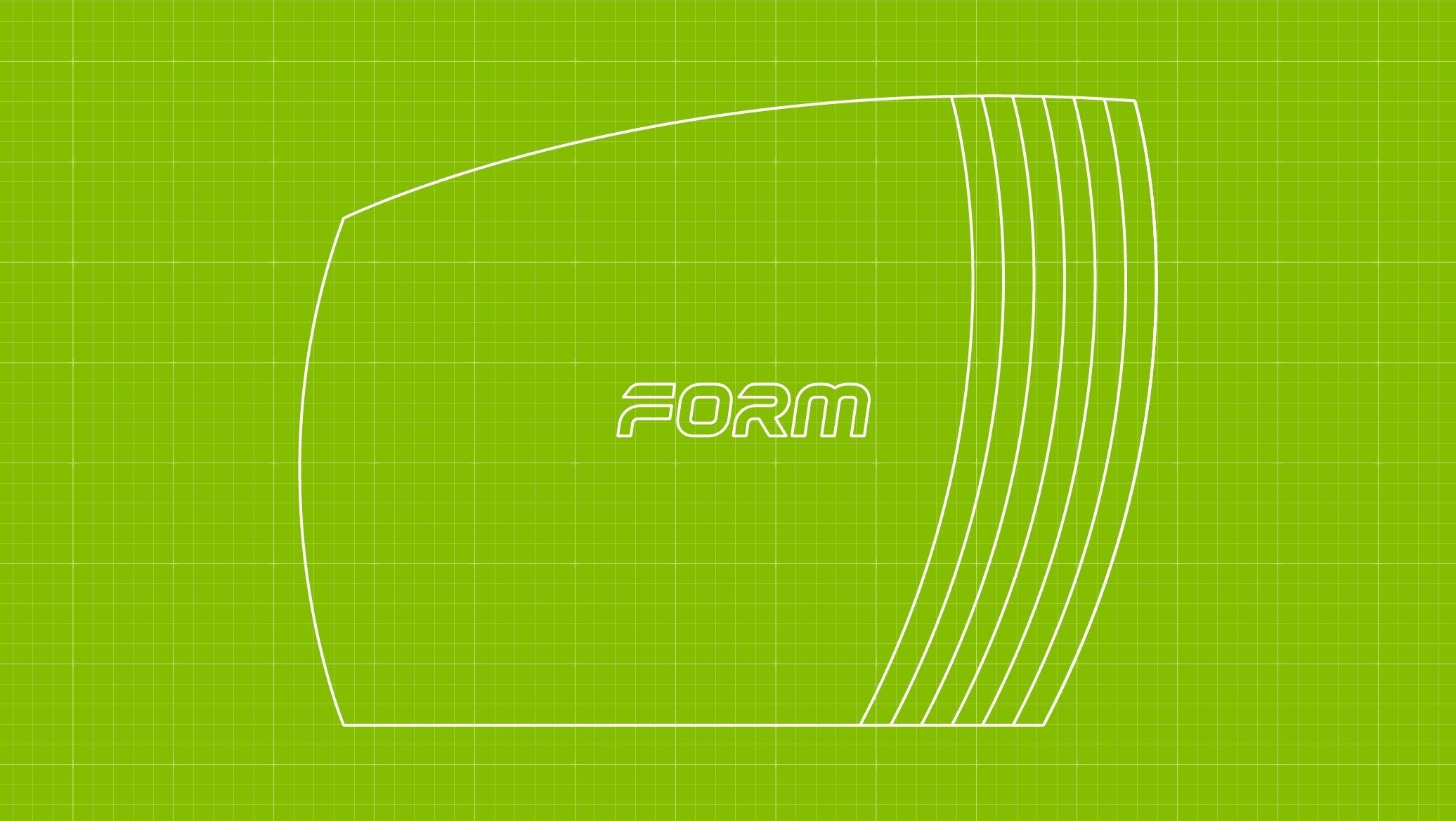Forefoot wedge instructions

OVERVIEW
The forefoot wedge should be fitted inside the shoe, between the insole and the shoe itself.
The wedge is designed to be used in the varus orientation (thick side facing the bike, just behind the big toe). It can also be used in the valgus orientation with some creativity – please see our hacks & tricks page here (URL)
The wedge can be stacked but be aware that due to the toe-less design this can feel too high underfoot. A partial stack is best (see graphic). If stacking please also ensure that you have sufficient space inside the shoe for two wedges.
The wedge can be fitted in one of three ways;
- Loose inside the shoe
- Taped to the bottom of the shoe
- Taped to the insole
TRIMMING THE WEDGE
- Remove the insole from the shoe, pace it on the floor and put your foot on it.
- Mark the insole where the centre of the ball of the foot is.
- Place the wedge under the insole with the thin side aligned with the lateral (outside) side of the sole.
- Ensure the locating dots on the wedge are positioned adjacent to the mark you made on the insole.
- Count how many segments of the wedge are showing outside the width of the insole.
- Trim those segments off with a pair of scissors.
(Note: It’s always preferable to trim the wedge slightly narrower than the insole as the shoe itself usually tapers inwards under the insole)
FITTING THE WEDGE
Loose inside the shoe:
This method is the easiest and allows quick repositioning of the wedge if it doesn’t go in right the first time. The tacky material prevents the wedge from moving around once the insole is in place on top of it.
- Place your foot inside the shoe and mark the central point of the ball of the foot on the outside of the shoe by feeling with you fingers. You can use white tape on the outside to draw on.
- With the insole removed, place the wedge inside the shoe with the locating dots adjacent to your ball of the foot mark.
- Gently position the insole on top of the wedge making sure it doesn’t get moved then push down.
Taped to the bottom of the shoe:
This method is slightly more secure during installation than the method above, and can be repositioned relatively easily if necessary. However, after it’s been fitted for a few days/rides it will become harder to remove and reposition.
- Stick double sided carpet tape on the side of the wedge which will be facing the base of the shoe.
- Use exactly the same process as the above to position the wedge inside the shoe.
- Press down firmly then insert the insole.
Taped to the insole:
This method is quite secure depending on how well the tape adheres to the surface of the insole. It suits those who use one pair of insoles in multiple pairs of shoes.
- Stick double sided carpet tape to the side of the wedge which will be facing the underside of the insole.
- Stick the wedge in position, using the mark you previously made on the insole, ensuring the locating dots on the wedge are adjacent to that mark.
- Push the insole into the shoe.
In all cases test the position by riding and adjust accordingly.
TROUBLESHOOTING
Wedge won’t stay in place when fitting insole using the “loose inside the shoe” method.
- Open the tongue of the shoe as much as possible, pulling it out the top if possible. This might necessitate loosening any tighteners/laces completely.
- With the shoe on a hard surface place the wedge in the correct position, holding it there with one hand.
- Use your other hand to gently push the insole forwards, above the insole and above your hand, as far forward in the shoe as possible.
- Gently remove the hand holding the wedge.
- Push the insole directly downwards onto the wedge.
Wedge feels too prominent underfoot. (this usually only happens with a “stacked” setup).
- Some riders are more sensitive than others so in the extremely unlikely event that these don’t work for you you could try cleat wedges or full length in-shoe wedges.
- Some riders might require a couple of rides to acclimatise.
- Try a “partial width” wedge by trimming off one third of the width you’ve settled on (FIG.3 BELOW). This will provide the same angle but will be lower overall at the thickest part. If you do do this always ensure that the remaining thickest part is fully over to the medial (bike facing side) of the shoe.
You require a valgus angle, not varus.
- Please get in touch with us or check the hacks & tricks section here
- Insert the remaining two screws and screw all down to hand tightness. This should allow you to adjust the shim and cleat by hand.
- Once the shim and cleat are in the correct position you can then tighten all the screws with your allen key.



